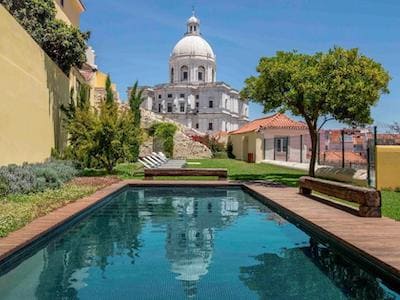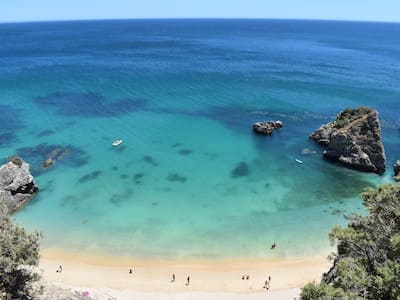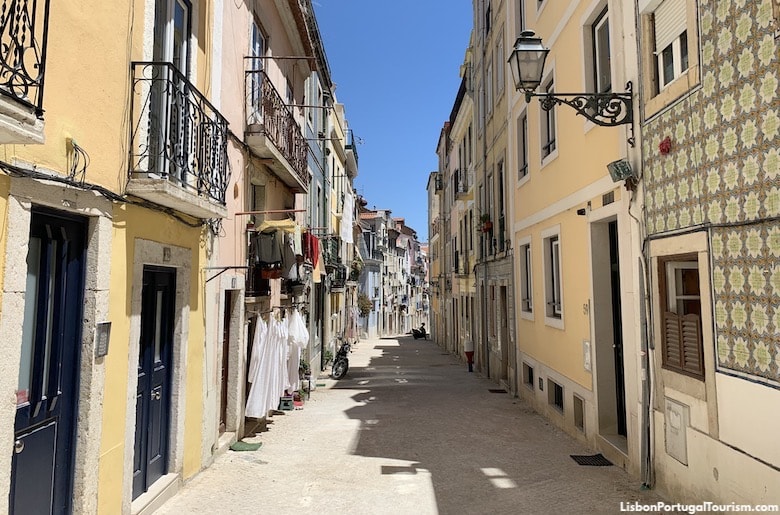
Rua das Madres, named as a tribute to the nuns who lived in the different convents in the neighborhood
This neighborhood, located between Estrela and Santos, was where the fisherfolk who moved out of Alfama lived, and it became known for its loud “varinas” (fishwives). Before that, it was a religious community, with as many as three convents in its small area. Those have since become museums and public buildings. One of them is Convento das Bernardas, which was founded in 1653, rebuilt in the 18th century after being destroyed in the 1755 earthquake, and is now home to the Marionette Museum and a restaurant.
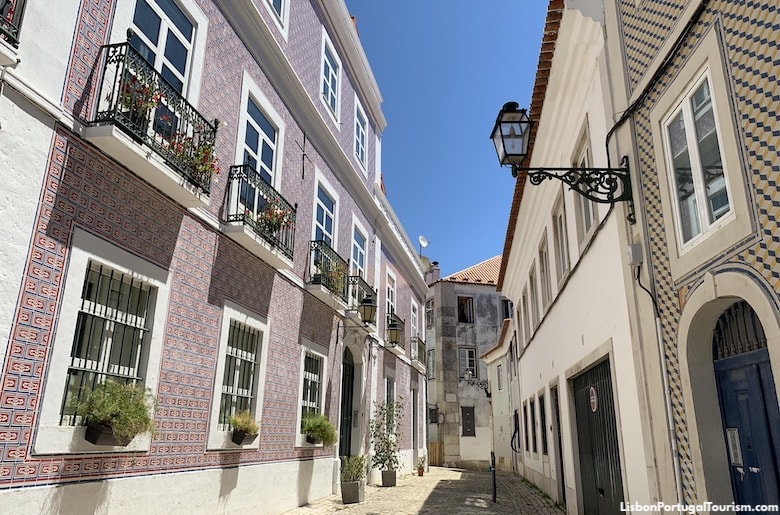
Tile-covered buildings on Rua Vicente Borga
It was in this neighborhood that the now very Portuguese tradition of covering façades with tiles was born, when someone decided to protect their property from the humidity rising from the river. The neighbors followed the lead, and soon, much of Lisbon (and Portugal) was covered in tiles. Madragoa is still one of the best places to wander around admiring all the colorful patterns that cover many of the buildings, and there are even some interesting contemporary examples (look for them on Rua Vicente Borga and at the bottom of the sloping Rua das Trinas).
More than the tiles, however, Madragoa was once known for its “petiscarias,” or restaurants serving petiscos (tapas). You’ll still find a couple on Rua da Esperança, just down from the Marionette Museum, but the recent trend is modern cafés. For traditional options, head to Rua das Madres behind it, and the surrounding lanes.
What to See and Do in Madragoa
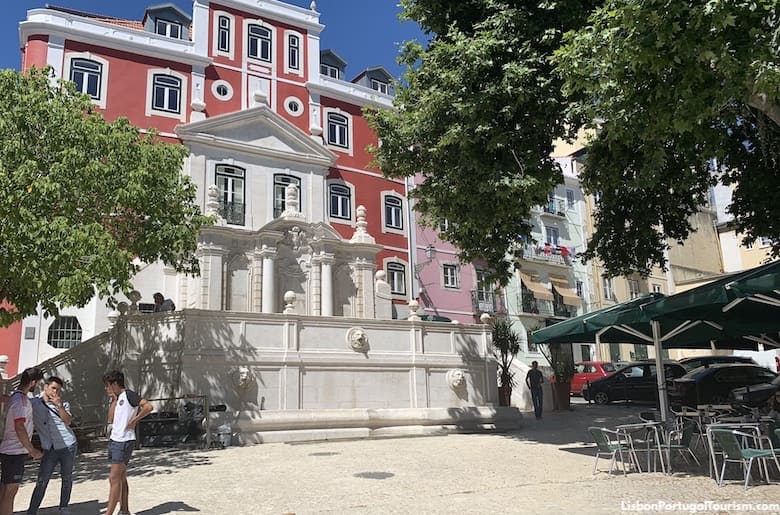
This monumental drinking fountain, found at the end of Rua da Esperança, dates from 1768 and was one of the first to be completed after the Great Earthquake of 1755. It has two levels -- one featuring two spouts in the form of gargoyles for the animals, and another at the top (reached by side steps) for the people. Its portico is a fine example of Pombaline architecture, an 18th-century style that arose in Lisbon under the Marquis of Pombal, influenced by the baroque and the neoclassical styles.
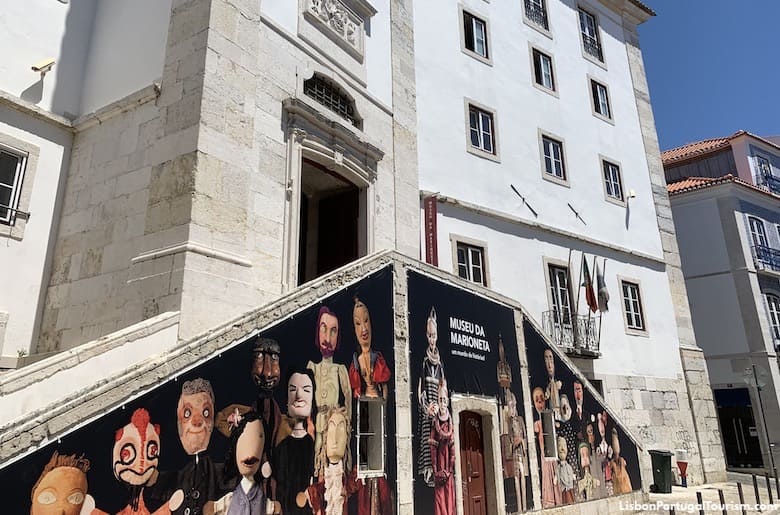
Housed in an old convent since 2001, this museum contains nearly 1000 beautifully-displayed marionettes from Portugal and around the world. A visit starts with examples from Indonesia, Thailand and other parts of Asia, and continues with puppets from Germany, Czech Republic, and other European countries, before the rooms with the Portuguese pieces. It ends at the convent’s cloisters, where there’s a café and shop.
See the Marionette Museum Visitor's Guide.
How to Get to Madragoa
Tram 25 and bus 714, which both depart from Praça da Figueira downtown, stop in Conde Barão, across the road from the streets of Madragoa, in about 10 minutes. The tram only operates on weekdays, but its route is covered by bus 774 on weekends.
You may ride the tram and the buses, as well as the city's metro, funiculars, and trains for free with the Lisboa Card.
Where to Stay in Madragoa
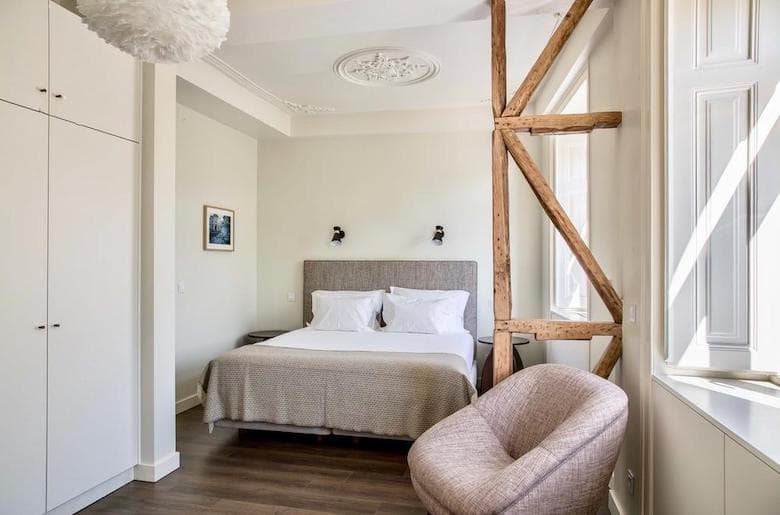
The building attached to the Chafariz da Esperaça fountain was completely refurbished in 2018, preserving the original architecture. Its five apartments, distributed over four floors, now welcome guests with a tasteful décor, equipped kitchens, and views of the neighborhood.
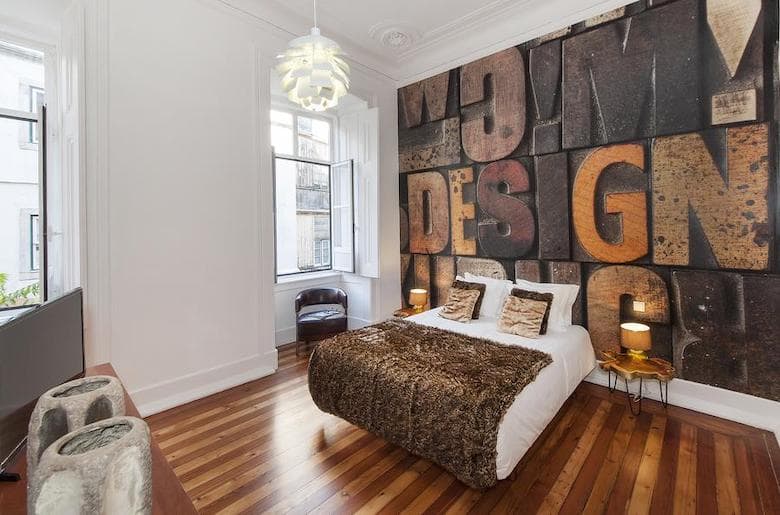
Located on the main street between Madragoa and Santos, this guesthouse has nine well-designed suites. Unlike other properties of the same category, it serves breakfast.

